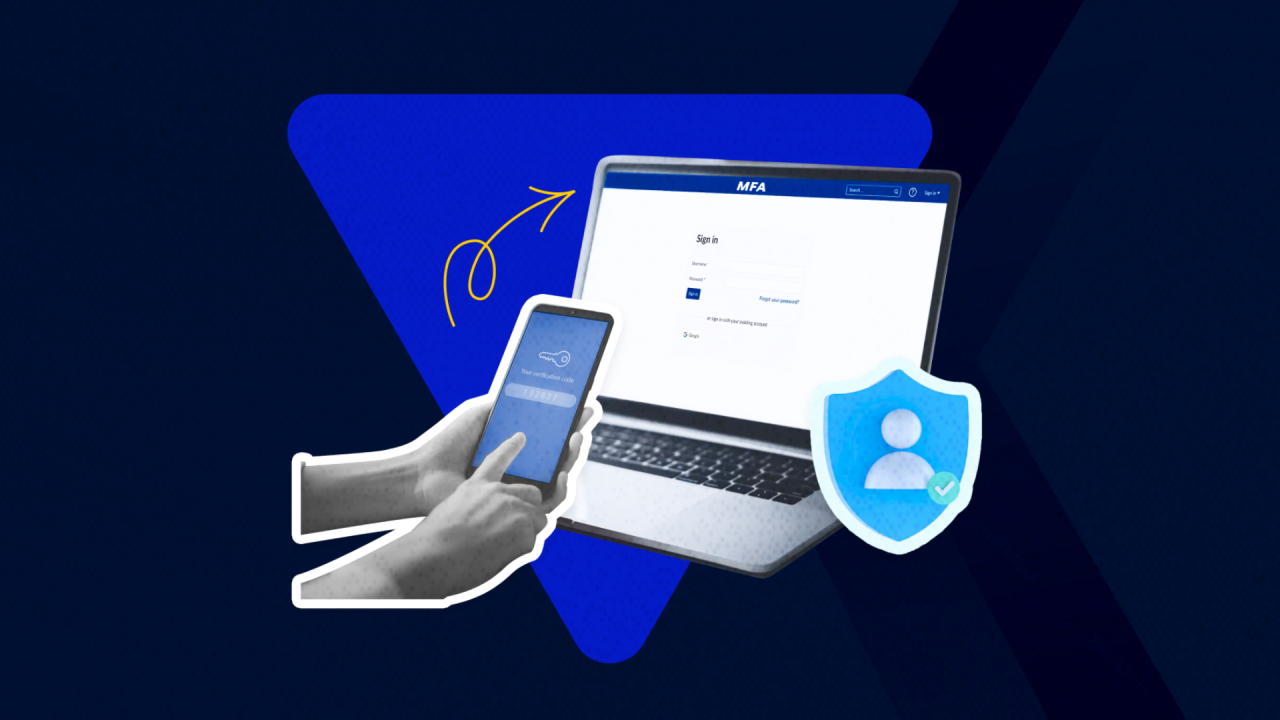The Importance of Adaptive Multi-factor Authentication (MFA) for Organizations
Introduction
High-profile security breaches are most common these days, such breaches exploit system login credentials of users and make their way into the company’s network. Thus, organizations today are focusing on better security identifications. Multi-factor authentication (MFA) is one such platform which helps secure our systems and accounts. It requires users to provide more than one password to access the network.
These identifications must be something that only the user knows. The best way to use MFA is by implementing it across the entire company enterprise and cloud as well as those on servers inside the company network should use MFA. All the users who access the company network and information be it business partners or remote workers should require MFA verification in order to prevent breaches.
What is Adaptive MFA?
Adaptive multi-factor authentication (MFA) is a precaution that supports contextual information and business rules to decide which authentication is best suitable for a specific user at the given situation. MFA asks users to provide two or more forms of authentication before granting access to a system or application. MFA adjusts the authentication requirement on the basis of the user’s device, location, behavior, and on the basis of the sensitivity of the data being accessed.
According to these factors it determines the appropriate level of authentication needed. MFA enhances security while also reducing friction for legitimate users. It helps organizations strengthen their walls against unauthorized access attempts, including those involving stolen credentials or compromised devices.
However, if MFA is implemented in the wrong way it could constantly ask for authentication every step of the way. Which is where adaptive MFA comes to play, making the application of MFA in the system more user friendly while not compromising security.
MFA options
A user-friendly MFA is most important for an organization. There are various authentication factors an organization can make a choice from according to their requirements.
The currently available authentication methods include
Hardware tokens These are physical devices used for authentication by a user. Smart cards with card reader, key fobs with a changing authentication code, or a USB device are all physical devices of authentication.
Soft tokens These are software-based authentication application that send a one-time passcode for verification, such kind of authentication are usually found in mobile devices.
SMS/text message A one-time password is sent to the mobile phone of the user which is to be submitted into the network login screen.
Phone Call In the phone call method, the user will receive a phone call in the pre-registered number where the user is supposed to provide the correct response to the voice prompt in order to move forward with the authentication.
Email Here the user receives a verification link in the pre-registered email. Here the user has to click on the link in order to proceed with the authentication.
Security questions here the users are given pre-defended questions to answer to move forward with the authentication.
Biometric fingerprint recognition, retina scan, facial recognition all come under biometric, most of which we see in the features of a smartphone and are popular options for MFA.
Least privilege and single sign-on
MFA is the most trusted method for securing corporate data and networks however, paring it up with identity security solutions such as single sign-on (SSO) and least privilege access makes the security even stronger.
SSO relieves users from the trouble of creating and remembering passwords for different applications as such passwords are created in a hurry making them easy targets to guess for intruders. SSO is mostly used in a cloud computer environment and combining SSO and MFA helps secure cloud applications and data even better.
Implementing least privilege access into the network provides users with the least amount of access rights to applications and data that they require. Combining least privilege with MFA helps protect data from the risks of compromised credentials.
With changing network, applications and user populations, security vulnerabilities also changes so MFA should not be considered a complete set up while implementing. With constant change going on organizations must also periodically reassess with their MFA technology to check whether it meets the requirements of the company and organization.
Best practices of MFA
Implement MFA everywhere relevantly stationing it in an organization helps protect important applications and data.
Use adaptive MFA it provides better user experience along with adequate and required security.
Provide a choice of MFA methods providing users with options to choose from making it user friendly.
Combine MFA with SSO and least privilege access multiple levels of security makes compromise risks even lower.
Continuously re-evaluate MFA:- keep in check if the authentication is meeting the requirements of the organization and if it is user friendly.
